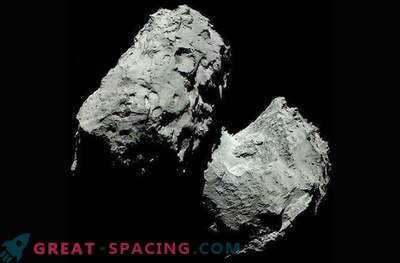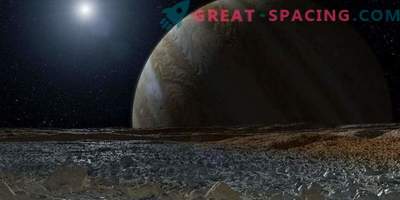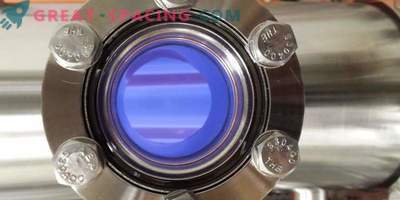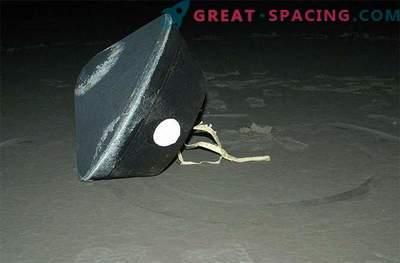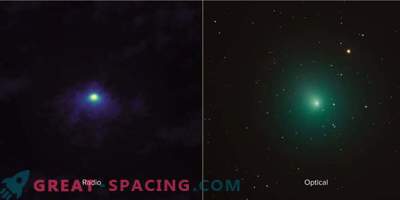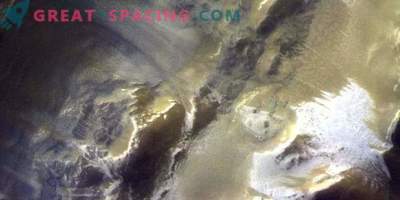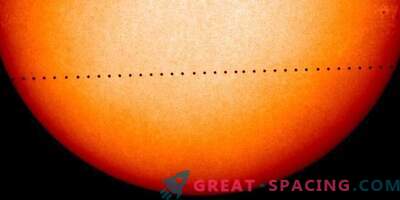
This discovery is another proof of the theory that chemical ingredients for the origin of life are scattered throughout the solar system.
The European spacecraft Rosetta is studying a potential astrobiological gold mine by finding the amino acids glycine, which are key building blocks of life, in the dust surrounding comet 67P / Churyumov-Gerasimenko.
The discovery of glycine, along with the discoveries of methylamine and ethylamine molecules on comet 67P, confirm previous indirect detections of the same compounds in another comet: Wilda 2.
Wild 2 particle samples sent to Earth in 2006 during a NASA Stardust mission were contaminated, making analysis difficult.
“This is good news to find glycine on the second comet,” writes lead scientist at Stardust, Donald Brownlee, of the University of Washington. "Amino acids are certainly one of the key components of earthly life. That is why it was such a momentous event in 1952, when Stanley Miller and Harold Urey artificially produced them in a laboratory using electrical discharges in mixtures of methane, ammonia, hydrogen and water."
"We still do not know whether the necessary for life here on Earth or came to us from space," - he added. "The meteorites and now comets have proved that many critically necessary biomolecules were delivered to Earth throughout the entire life of the Earth." And not only the Earth. A new study published in the journal Science suggests that glycine is a common component in star-forming regions outside the solar system.
“Amino acids are everywhere,” said Catherine Altvegg of the University of Bern in Switzerland, Rosetta mission scientist. "Life could also have originated in many places in the universe."
"Despite the fact that the researchers of the Stardust mission did a very good job with their data, I think it is very important to confirm your findings by measuring the amino acids directly in a coma (gas and cloud surrounding the comet) without fear of earth pollution" - added Altvegg. "Detection of glycine in more than one comet shows that neither Wild 2 nor 67P are an exception."
Altwegg, who is the author of the new document, and her colleagues also discovered phosphorus, which is a key element in all living organisms and the basis of DNA and RNA.
"The presence of glycine, phosphorus, and a variety of organic molecules, including hydrogen sulfide and hydrogen cyanide, supports the idea that comets are the suppliers of key molecules for prebiotic chemistry throughout the solar system," the scientists wrote in a statement.
Rosetta is expected to continue to search for complex organic molecules for the four months left for the mission.
